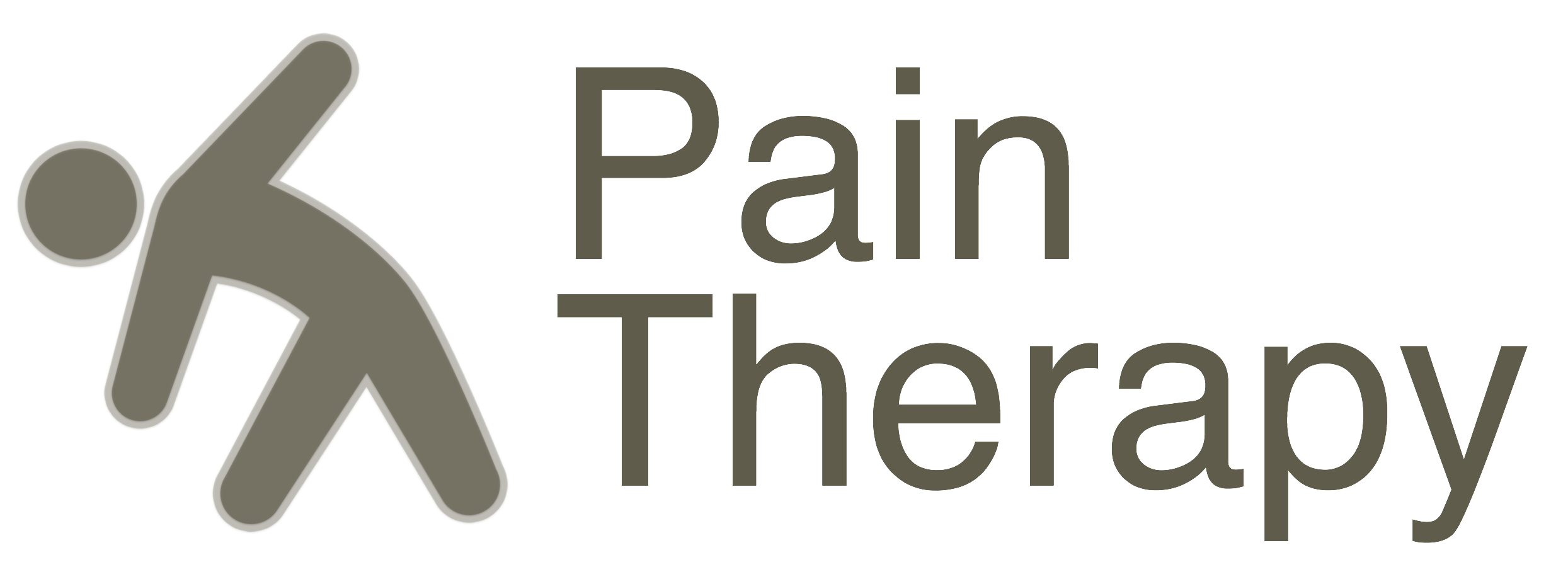Pregnancy Calf Stretch
Commonly Used For: Pregnancy-Related Pain.
Video Transcription: I'm going to show you how to stretch your calves, which is a good exercise to perform during pregnancy to help combat some of those calf cramps that you might be getting. So one way to do this is to get yourself into a stride stance. So one foot back, one foot forward. The leg you're stretching is going to be your back leg. You want to make sure your toes are pointed straight forward, not letting them turn out at all. Once you're in that position, you want to straighten your knee all the way, tighten your thigh muscles in the front here to make sure that leg is nice and straight. And then slowly lunge forward, until you feel a stretch in the back of your calf, here. You want to hold that position 30 seconds to a minute, get a good stretch in that muscle. If you need to hold onto a counter or a chair, anything stable for balance, then go ahead and do so. If you're on bed rest and not supposed to be up and about, another way to do this stretch, is in a seated position. So you can be sitting down. The leg you're stretching is going to be extended out in front of you. You'll need something sturdy to stretch, this is just a hand towel. So a hand towel, a belt, something like that. You're going to hook it around the ball of your foot, kind of up by your toes. Keeping your knee nice and straight again by tightening those thigh muscles on the top here. And then just gently pull back, until you feel a stretch in the back of your calf, or behind your knee. Hold that position 30 seconds to a minute. And then that is your calf stretch.
Pregnancy Cat/Cow Stretch (aka Cat/Camel)
Commonly Used For: Pregnancy-Related Pain.
Video Transcription: I'm going to show you how to do a cat/camel stretch, or a cat/cow stretch, which is used during pregnancy to help gently engage the abdominals and your glutes. And it also can help stretch out that lower back that can get really tight from the forward pull of your belly during pregnancy. It's also used late in pregnancy during labor. If your baby's facing posteriorly, doing this exercise can help shift the baby into a more desirable position. So what you're going to do is get down on your hands and knees. And then you're just gently going to arch your back up, like a scared cat. Hold that position, and then relax it back down. And repeat, so just up, really thinking about trying to stretch through that lower back, and down. If you want a little bit of an extra stretch in your lower back, and your stomach can handle sitting back, what you can do is push up into that scared cat position, and then sit back a little bit. And you should feel a better stretch, in your low back here. If at any point during this exercise you feel pain, or cramping, or contractions, make sure you stop and contact your doctor. And that's your cat/camel or cat/cow exercise.
Pregnancy Clams
Commonly Used For: Pregnancy-Related Pain.
Video Transcription: I'm going to show you how to do a Clams Exercise, which is a good exercise to do while pregnant to help improve your pelvic stability. With the loosening of all those ligaments in there, you can get some instability, which can cause some sciatic nerve pain through that glute and leg pain that you might be getting. So, what you're going to do, is you're going to lay down on your side. If you do have a specific side that's bothering you, you definitely want to exercise that side. So, that would be the side that's facing up, but it's a good idea to do both sides. So, in this case, I'm exercising my left hip here. You're going to get on your side. Make sure that your hips are stacked straight on top of each other. They should be pointing up towards the ceiling. Feet are together, knees are together, and then, maintaining this position here with your hips nice and stacked, you're just going to open and close your knees, just like a clamshell. You want to make sure that you're not rocking your whole body back as you do it. Otherwise, you're not engaging those muscles, those pelvic muscles like you need to. So, once again, keeping your hips stacked straight on top of each other, and just opening and closing your knees, just like this. You should feel the muscle right in here working. If that's too easy for you, you can get an exercise band. [Here's one at Amazon.com] You're going to tie it around your knees, and that will just provide some resistance for you. So, back in your same position: on your side, knees together, feet together, hips stacked straight up towards the ceiling. And same thing, just opening and closing your knees, keeping your feet together and your hips stacked right on top of each other. If you feel any pain, cramping, contractions during this exercise, then stop and immediately call your doctor. All you should be feeling is the muscle working right here in your glutes, that stabilizing muscle. So, these are your Clams Exercise.
Subscribe to:
Posts (Atom)
DISCLAIMER: PLEASE CONSULT YOUR DOCTOR BEFORE ATTEMPTING ANY OF THESE EXERCISES
WARNING! These exercise demonstration videos are designed to be educational. Please consult with your doctor before attempting to perform any of these exercises. If you experience any pain or discomfort, do not continue the exercise. STOP and consult your doctor!
